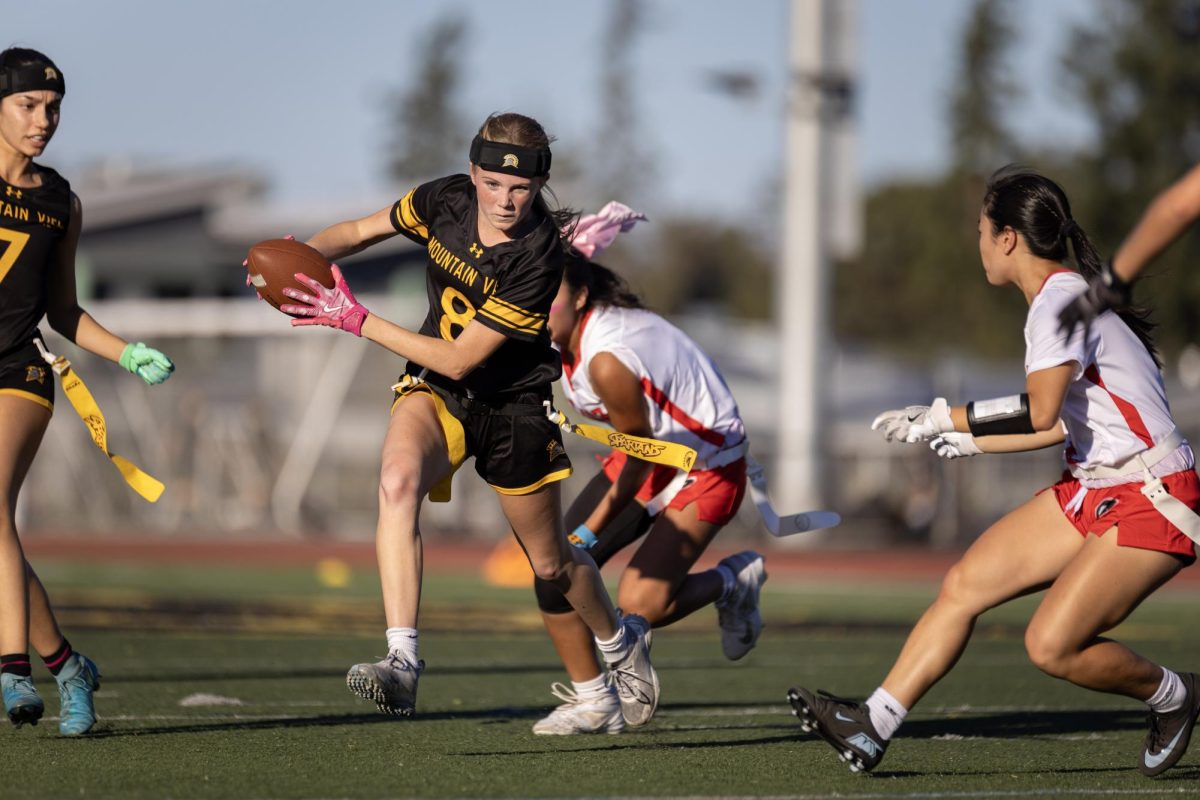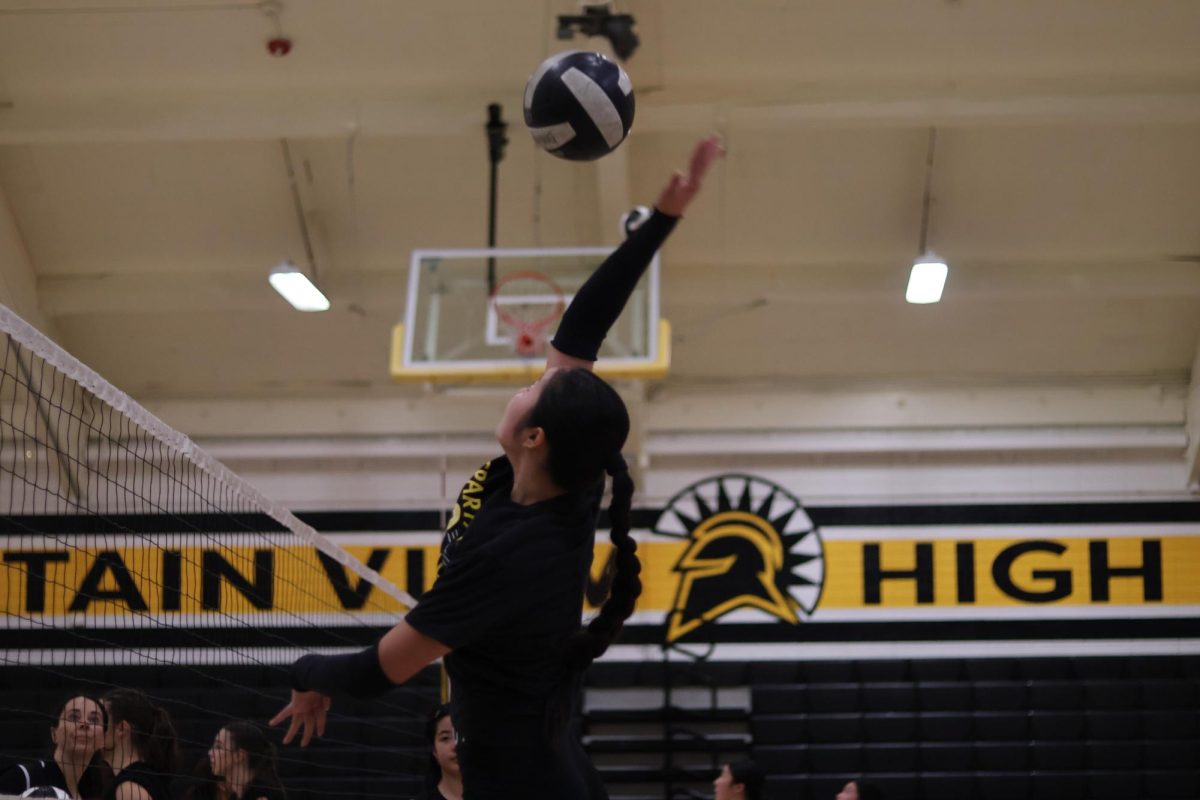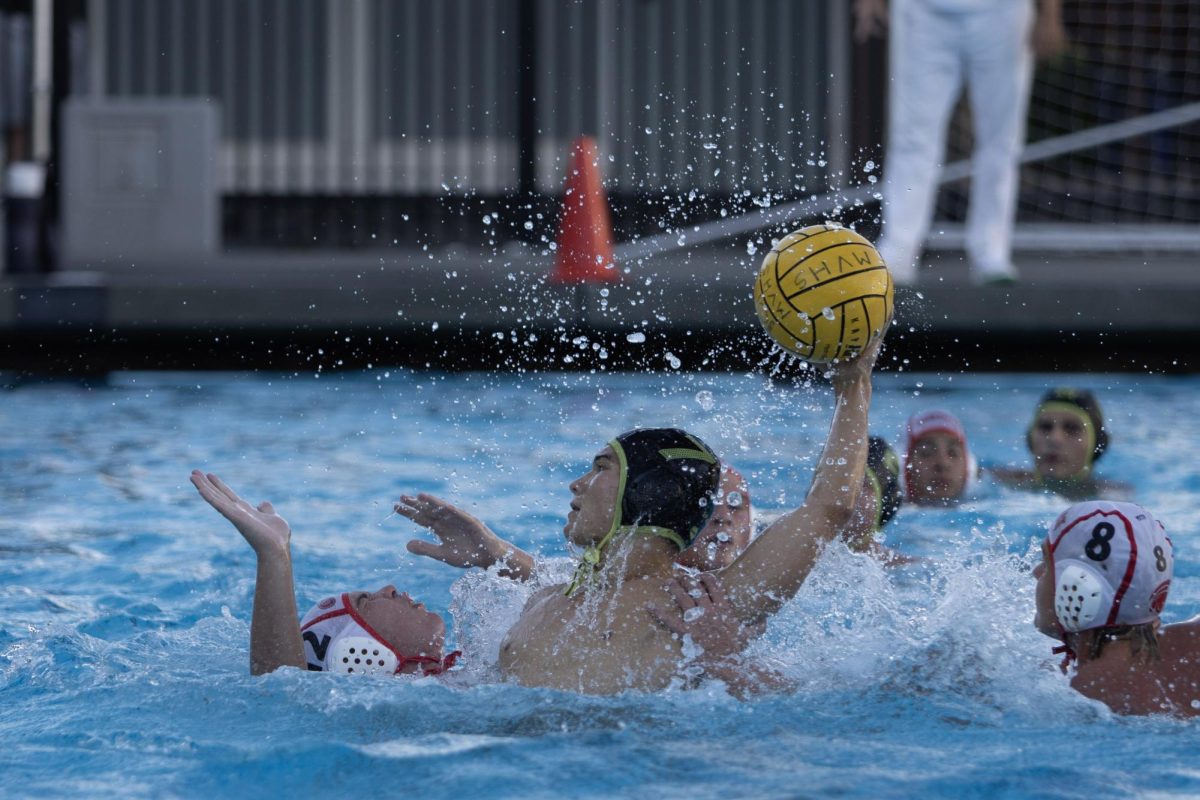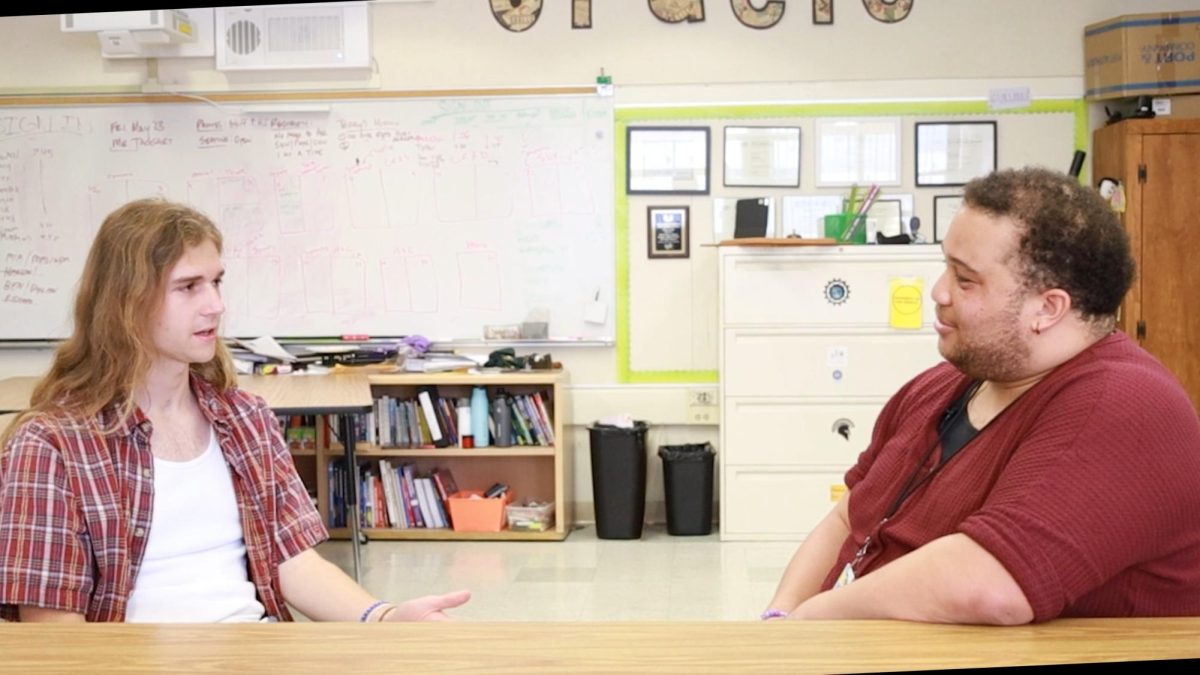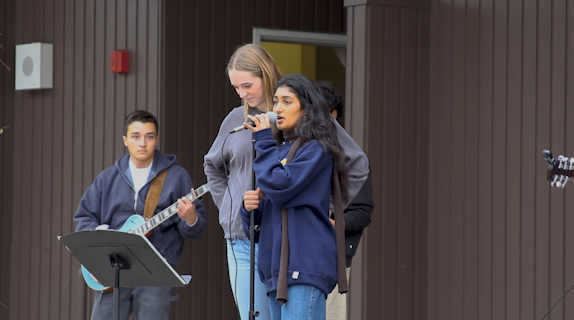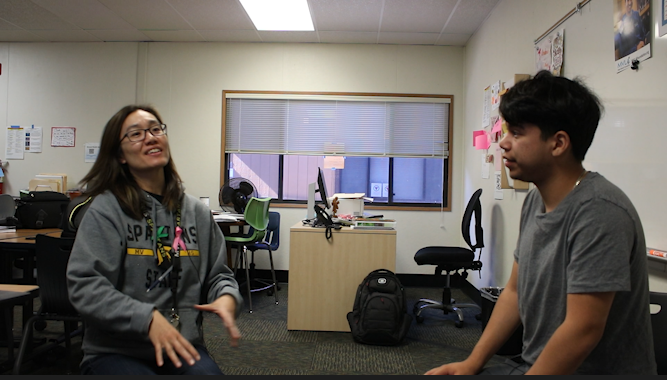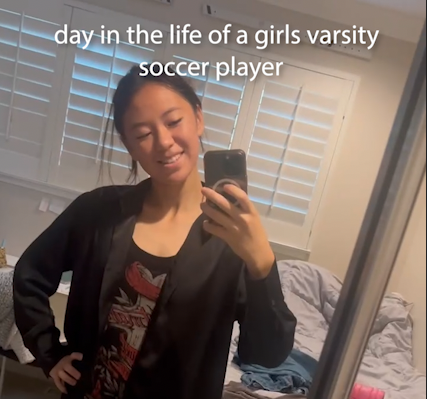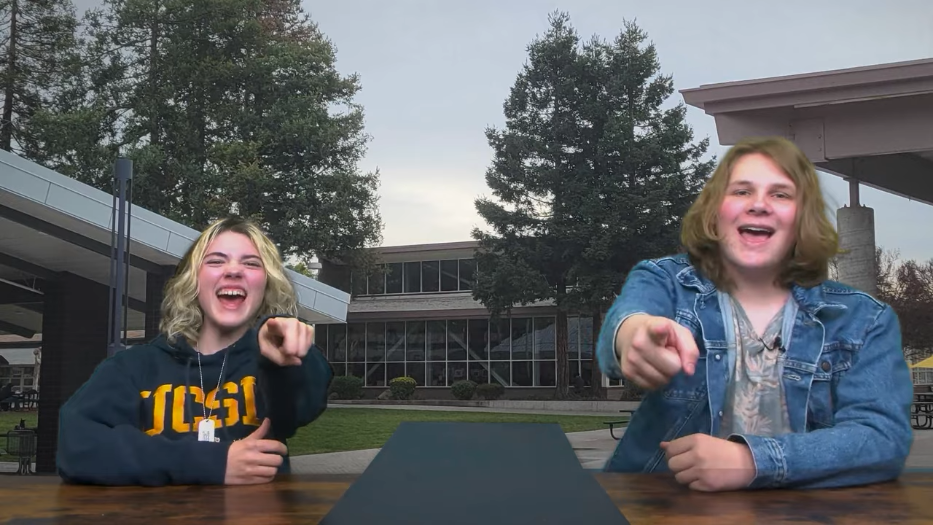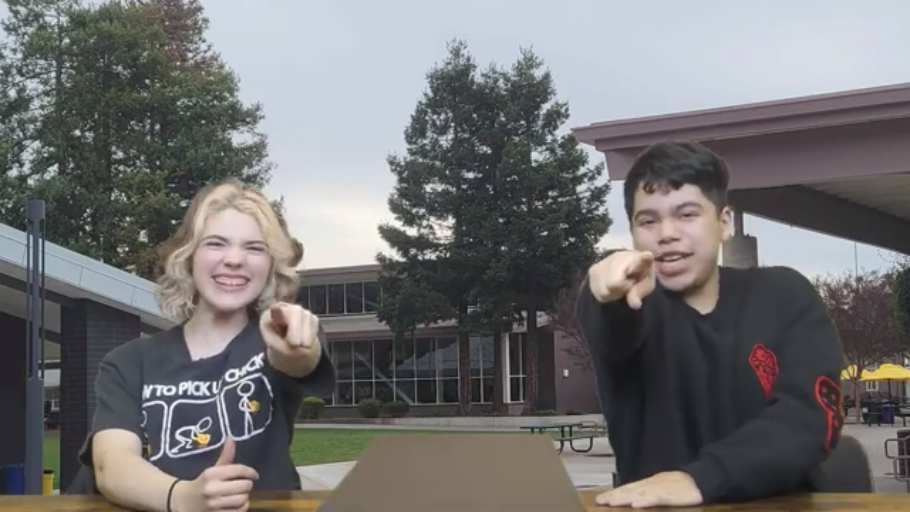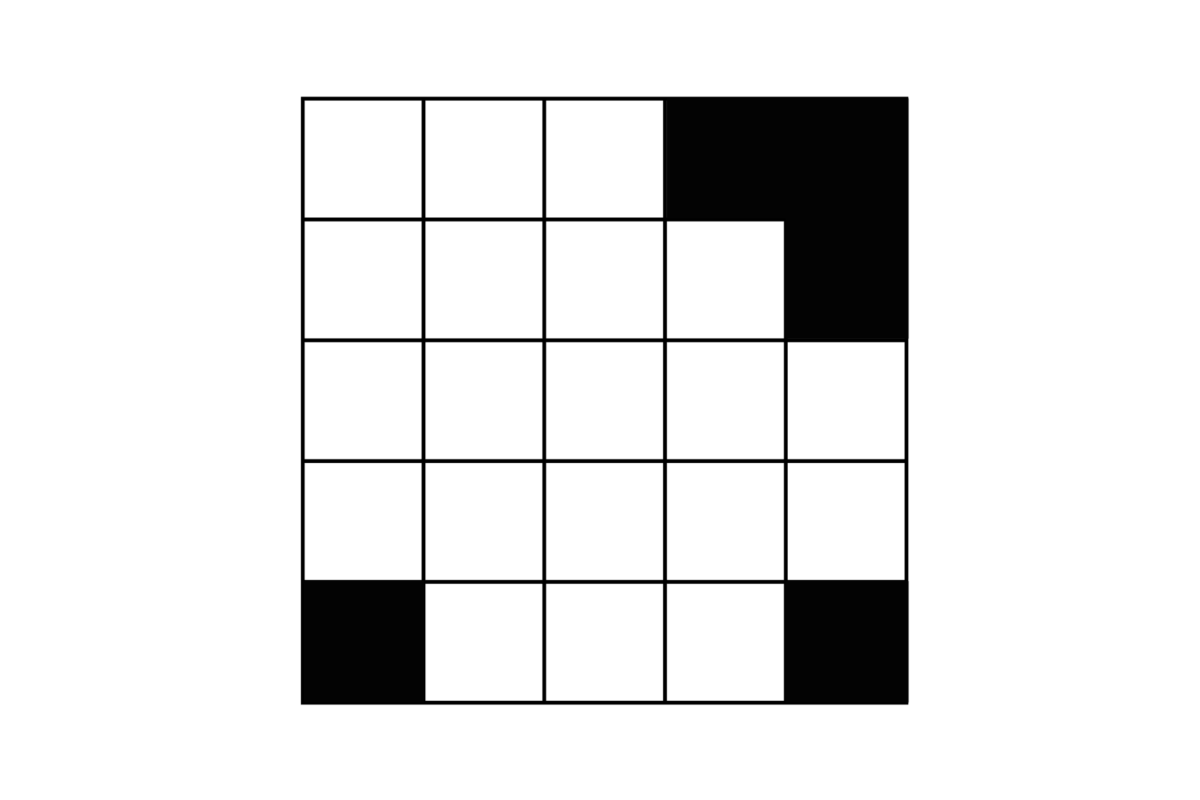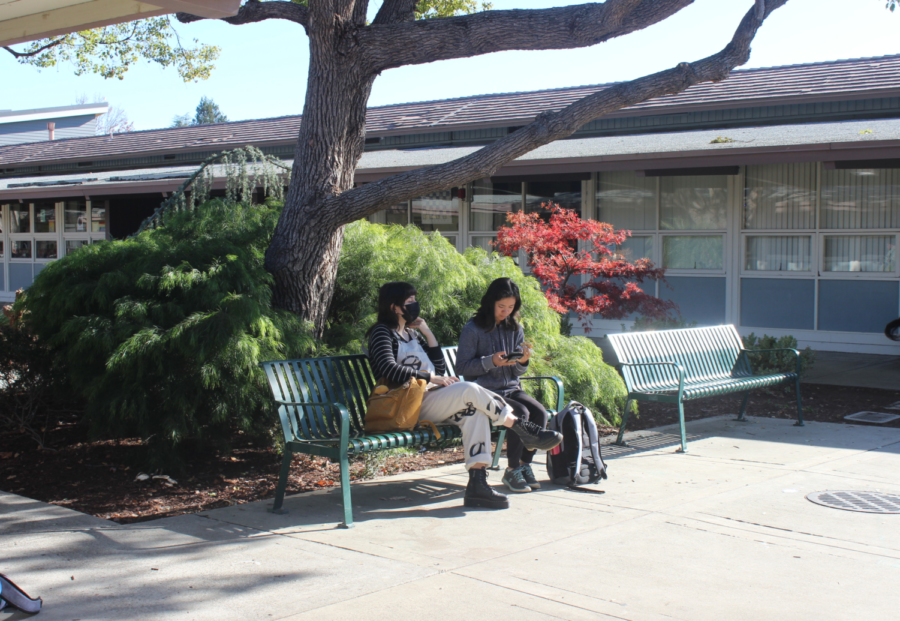New attendance policy works to prevent absenteeism
Dec 1, 2022
The school began piloting a new attendance policy earlier this month to combat absenteeism.
The policy has four tiers of intervention, according to a Nov. 14 schoolwide email. The first tier goes into effect after five days of a students’ unexcused absences, the second after 10 days, the third after 15 days, and the final tier after 20 days.
A warning letter is sent to the student’s address when a student reaches each tier. Family meetings, along with the signing and reviewing of the school’s Academic Success Contract, become required once a student reaches the second tier.. The third tier places a student on a “no-go list,” banning them from attending school games, dances, and other events. Once a student reaches the fourth tier, they must meet with the principal and conduct an interview with Alta Vista High School.
Of 2,257 students, 196 are chronically absent, according to DataZone Analytics. The California Department of Education defines chronic absenteeism as being “absent on 10 percent or more” of school days. 317 students are at-risk of chronic absenteeism, and 72 students are severely chronically absent, according to DataZone Analytics.
“Much of the research surrounding chronic attendance suggests that early intervention, regular meetings with students and families to identify barriers to attendance, and clearer accountability supports attendance,” Assistant Principal Marti McGuirk said in an email.
McGuirk said administration will track future data and see if the policy results in the improvement of student attendance.
The Nov. 14 email states that this policy is intended to encourage attendance and responsibility, as students who come to school on a regular basis are far more likely to read proficiently, perform well in school, and graduate.
“This new enforcement differs from the existing policies,” Principal Dr. Kip Glazer said in an email. “I sought additional approval from the Superintendent Dr. Meyer to start a new pilot where students can earn back the privileges if they lost them due to non-attendance.”
Administration’s overarching hope is to see more students attending school, Glazer said.
“We can’t educate or help students who aren’t attending,” McGuirk said. “We hope these tiers of intervention enable us to partner with students, families, and staff in identifying and addressing the barriers to attendance that our students face.”






